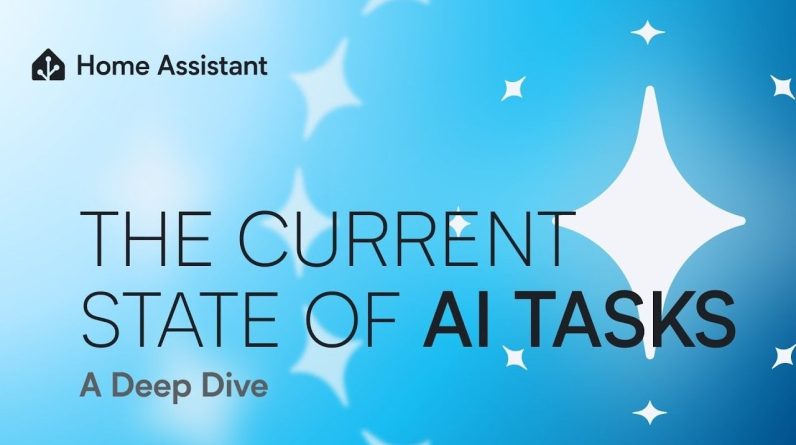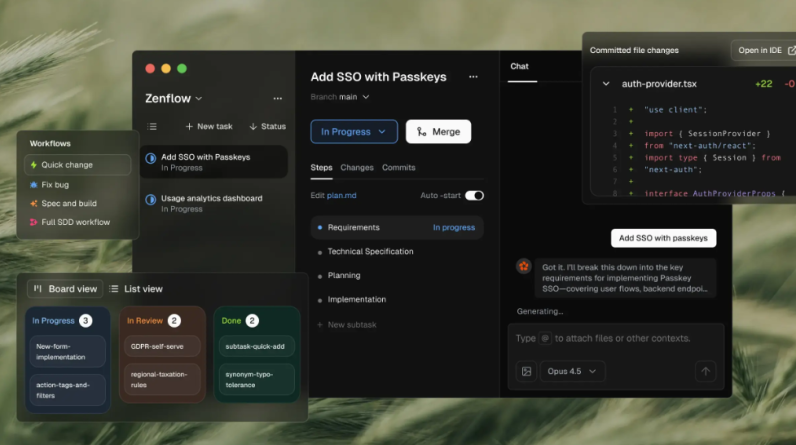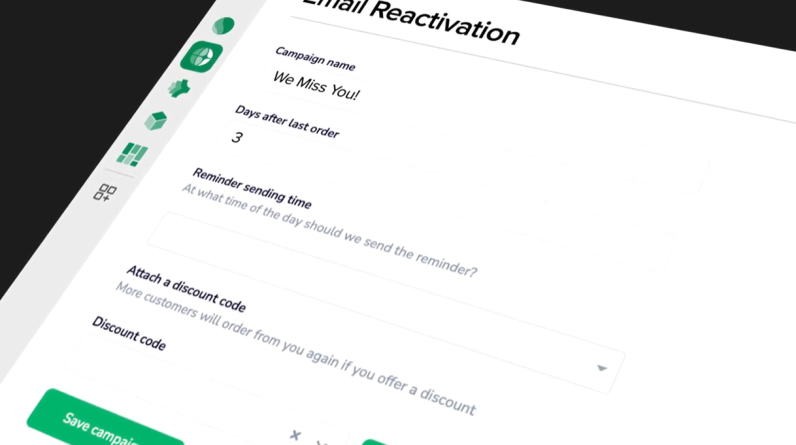
What if your home could not only respond to your needs but also anticipate them with uncanny precision? Imagine a morning where your blinds adjust to the perfect angle for natural light, your thermostat adapts to the weather before you even step outside, and your security system analyzes live footage to alert you of unusual activity, all without a single command. This is not a distant dream but the reality of AI tasks in home automation, a fantastic leap beyond traditional smart home setups. Unlike basic voice assistants or pre-programmed routines, these AI-driven systems bring goal-oriented intelligence into your living space, blending adaptability with creativity to redefine what “smart” really means.
In this overview, the official Home Assistant team explains more about the fascinating world of AI tasks within its Home Assistant platform, uncovering how they elevate automation from functional to truly intuitive. From real-time weather summaries to multimodal security features and even creative image generation, these tools offer a glimpse into the future of personalized living. But how do they work, and what makes them so effective? By delving into the mechanics, applications, and potential of AI tasks, you’ll discover not just how to enhance your home’s efficiency but also how to unlock its untapped potential. The possibilities may surprise you, and perhaps even inspire you to rethink what’s possible in your own home.
AI Tasks in Home Automation
TL;DR Key Takeaways :
- AI tasks enhance home automation by providing precision, adaptability, and intelligence, allowing intuitive and effective customization of smart home environments.
- Key applications include real-time weather summaries, multimodal AI for enhanced security, and creative image generation for personalized home experiences.
- Home Assistant supports integration with advanced AI models like Google Gemini and OpenAI GPT, allowing tailored workflows for text, image, and multimodal tasks.
- Integrating AI tasks offers benefits such as real-time notifications, improved user experience, flexibility with multiple AI models, and streamlined automation workflows.
- Future advancements in AI for home automation may include predictive analytics, advanced personalization, and more sophisticated integrations for smarter, connected homes.
Applications of AI Tasks in Home Automation
AI tasks are incredibly versatile, offering a wide range of applications that enhance the functionality and convenience of your smart home. Below are some key examples of how these tasks can be used:
1. Automating Weather Summaries
AI tasks can provide real-time weather updates tailored to your location. By fetching live weather data and generating concise, human-readable summaries, these tasks ensure you stay informed without manual effort. For instance, your smart home dashboard can display daily forecasts or alert you to sudden weather changes, helping you plan your day more effectively.
2. Enhancing Security with Multimodal AI
Multimodal AI combines text and image processing to deliver actionable insights for home security. For example, your doorbell camera can capture a scene, and the AI can analyze it to provide detailed descriptions. It can identify objects, count individuals, and send real-time notifications about unusual activity. This capability not only improves security but also enhances situational awareness, allowing you to respond promptly to potential threats.
3. Creative Image Generation
Beyond functional tasks, AI can also add a creative dimension to your home automation system. By processing text and image inputs, AI tasks can transform ordinary photos into artistic renditions, such as cartoon or manga-style visuals. This feature highlights the flexibility of AI in handling both practical and creative applications, offering a unique way to personalize your home environment.
Current state of AI Tasks in Home Assistant
Below are more guides on Home Assistant from our extensive range of articles.
How AI Tasks Operate in Home Assistant
Setting up AI tasks in Home Assistant is a straightforward process that allows you to harness the power of advanced AI models. The platform supports the integration of LLMs like Google Gemini and OpenAI GPT, allowing you to assign specific tasks to different models for optimal performance. Here’s how you can configure AI tasks effectively:
- Assign text-based tasks, such as generating weather summaries, to models optimized for language processing.
- Use specialized models for image processing or creative outputs, such as artistic image generation.
- Combine multiple models for multimodal tasks, like analyzing images and generating descriptive text simultaneously.
This modular approach allows you to tailor your automation workflows to meet your specific needs, making sure both efficiency and adaptability.
Advantages of Integrating AI Tasks
Incorporating AI tasks into your home automation system offers numerous practical benefits. These include:
- Real-time notifications with detailed scene analysis, enhancing security and awareness.
- Improved user experience through the integration of multimodal capabilities.
- The flexibility to use multiple AI models for diverse and complex tasks.
- Streamlined automation workflows that reduce manual intervention and save time.
By using these advantages, you can create a smart home environment that is not only more efficient but also more responsive to your lifestyle.
Performance and Optimization Considerations
The efficiency of AI tasks depends on selecting the right models for specific applications. Different LLMs and AI tools excel in distinct areas, such as text generation, image processing, or multimodal analysis. For instance:
- Some models are optimized for rapid text generation, making them ideal for tasks like weather summaries or notifications.
- Others specialize in handling visual data, offering superior performance in tasks like image analysis or creative rendering.
By comparing processing speeds, output quality, and resource requirements, you can identify the best models for your needs. This ensures that your home automation system remains both effective and efficient.
Exploring the Future of AI in Home Automation
The potential for AI tasks in home automation continues to expand as technology evolves. Future advancements may include even more sophisticated integrations, such as predictive analytics for energy management or advanced personalization features based on user behavior. Whether you’re focused on enhancing security, streamlining daily routines, or exploring creative possibilities, AI tasks empower you to customize your smart home experience in ways that were once unimaginable. By staying informed and experimenting with new applications, you can unlock the full potential of AI in creating a smarter, more connected home.
Media Credit: Home Assistant
Filed Under: AI, Technology News, Top News
Latest Geeky Gadgets Deals
If you buy something through one of these links, Geeky Gadgets may earn an affiliate commission. Learn about our Disclosure Policy.
Originally Appeared Here







